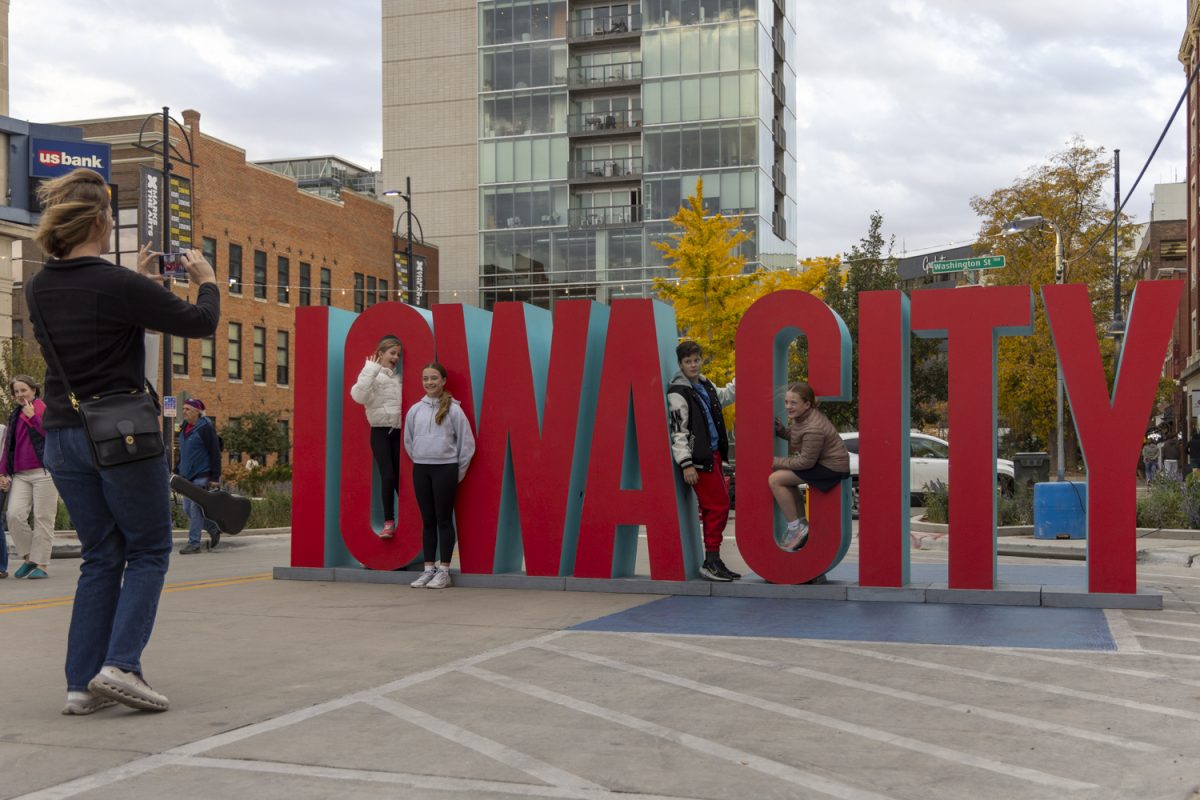With a state-of-the-art health care system, high-quality education for all ages, and easy access to all kinds of amenities, Iowa City is one of the top 100 places to live in the U.S.
Every year, Livability, an online resource designed to help research communities, releases an annual ranking of the “Top 100 Best Places to Live in the U.S.” For the second year in a row, Iowa City has made the list.
Livability Editor-in-Chief Amanda Ellis explained the process of picking 100 cities from a list of well over 2,000 is “pretty intensely data driven.” The website only looks at cities with populations between 75,000 and 500,000, as their platform focuses on promoting content for small to mid-sized cities, Ellis said.
“We look at almost 100 data points that fall into eight different categories, and then we use the weight of each category against each other through a proprietary algorithm that spits out, essentially, the score for all of the cities that we look at,” she said.
Every data point falls into either the amenities, economy, education, environment, health, housing and cost of living, safety, or transportation categories.
Rather than ranking the list from one to 100, the platform releases the carefully calculated Livability Scores for the top 100 cities and empowers consumers to filter and rank the list based on their personal preferences in a city.
In 2023, Iowa City received a Livability Score of 695. In 2024, that number shot up to 748. Carmel, Indiana, the city with the highest Livability Score in 2024, received a score of 875.
“These really are some of the best places to live,” Ellis said. “We usually say number-wise that this would put any city on our top 100 in the top five percent of cities in the country.”
Iowa City Assistant City Manager Kirk Lehmann said he was unaware of the specific Livability ranking but acknowledged Iowa City’s general success in such lists due to high quality of life.
“In general, Iowa City is just a pretty good place to live,” he said. “We’re small enough that we’re pretty welcoming and accessible, but we’re large enough that we have good access to amenities — I think we punch above our weight in terms of amenities.”
Lehmann said the University of Iowa and the downtown are, in his opinion, the two biggest factors contributing to the city’s high ranking.
The vibrant and walkable downtown adds a historic charm, and the Pedestrian Mall stands out as one of the most unique things about the city. UI offers various cultural and recreational opportunities not always available in a city of this size.
Livability focuses much of its ranking on affordable cities, including only cities with a median home value of $500,000 or less on the list. Iowa City’s median home value currently sits at $285,856, compared to the U.S. average of $412,000 and Iowa’s average of $229,000, according to Forbes.com.
Iowa City Economic Development Coordinator Rachel Kilburg said the city’s housing costs sit at just about 20 percent below the national average, including lower utilities and general cost of living as well.
“I would say not just one thing, but many factors lead to that high quality of life. We have a strong health care system, lots of job and educational opportunities, a strong arts and culture economy, [and] lots of different arts venues and festivals and events you can attend,” she said. “There’s just a lot of opportunity here for people.”
Kilburg said the city promotes economic development through various methods such as tax exemptions, grant programs, support for workforce development, collaboration with local schools for apprenticeship programs, and investment in quality infrastructure.
“It’s great to have such a small city on the ranking like that, and all the things we talked about is why that’s the case,” she said. “We’re happy to see it.”
Lehmann, who attended graduate school at UI, said Iowa City is a lovable city for many people.
“The growth of Iowa City is tied to the people that come here and love it and want to stay,” he said. “I was one of those people. I went to graduate school, went away for a few years, and came back when I could.”



